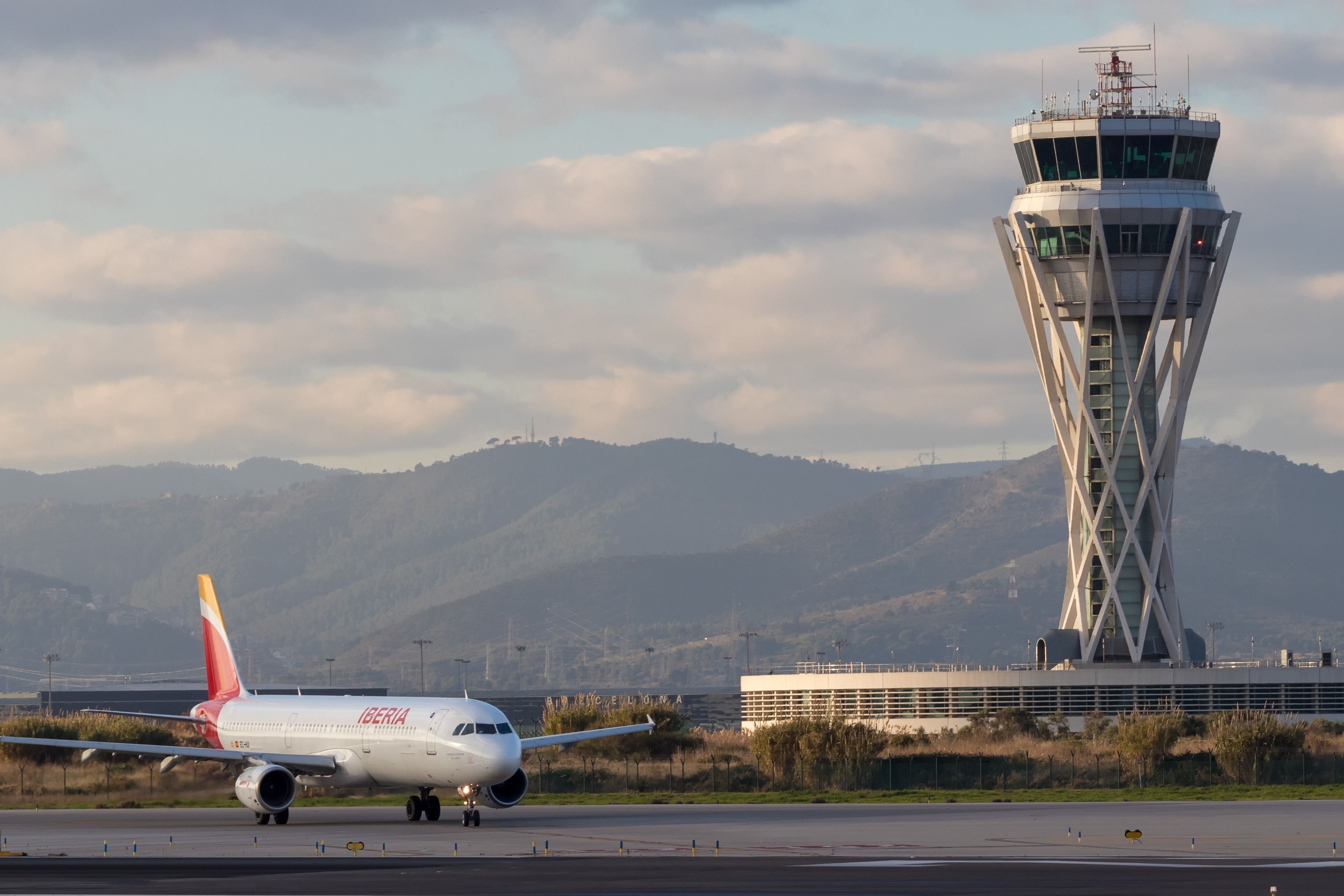
European aircraft manufacturer Airbus hopes for global improvement in air traffic management (ATM). The news comes in the wake of the tragic mid-air collision that occurred on January 29, 2025, with American Airlines. Air traffic management under pressure Speaking at the 2025 Airbus Summit, which was attended by Simple Flying, Airbus CEO Guillaume Faury emphasized the critical need for global improvements in air traffic management.
His remarks come in the wake of the tragic mid-air collision over the Potomac, highlighting the need for more advanced and efficient air traffic control systems. Faury said: "You need to have air traffic management. I think air traffic management is an area of Easy win, short-term win, and a lot of things have been prepared already.

There's resistance to change. We see things, by the way, maybe accelerating in the US in the wake of the accident on the Potomac. "That's maybe a good thing out of this strategy that could be made possible in the US and then have some positive effects, positive repercussions in the rest of the world.
In Europe, we know we could do much better with unified sky." With the rebound in air travel demand after the COVID-19 pandemic, global airspace is becoming increasingly complex. The rising number of near-miss incidents in the US and the recent tragic mid-air collision between an American Airlines Bombardier CRJ700 and a United States Army Sikorsky UH-60 Black Hawk helicopter highlight the need for better long-term air traffic management to ensure safer skies.
These remarks came at a recent Senate hearing. Shortages in ATC staffing However, as air traffic becomes increasingly complex, the system faces severe shortages in both the United States and Europe. In June 2023, the United States Department of Transportation (DOT) Inspector General found that 77% of air traffic control facilities critical to the industry's daily operations were short-staffed.
And the challenges show no signs of resolving on their own. The US government took the issue seriously and exceeded its hiring goal for air traffic controllers in fiscal 2024, hiring 1,811 new employees. However, these efforts were made against a backdrop of already significant staffing challenges.
In its written testimony before Congress , the Air Traffic Controllers Association (ATCA), which represents 10,800 certified ATCs across the US, stated that the shortage of air traffic controllers is nearly the worst in 30 years. According to ATCA President Nick Daniels, the US needs over 3,000 new air traffic controllers (ATCs) to maintain adequate staffing levels. The FAA has struggled to keep up with the demands of sustaining and modernizing the National Airspace System (NAS).
However, its FY 2025 budget request acknowledges the genuine need for investment. The FAA's $3.6 billion F&E request is supplemented by $1 billion in funds from the Infrastructure Investment and Jobs Act, which helps address infrastructure and facility upgrades.
Additionally, the FAA has proposed a new dedicated funding stream, starting with $1 billion in 2025, to replace or modernize aging air traffic control facilities. This initiative includes upgrading 377 critical radar systems and over 20 air traffic control facilities, ensuring safer and more efficient air traffic management. ATC shortages continue to plague the European skies, too.
According to Airlines for Europe (A4E), severe ATC capacity shortages in Europe resulted in thousands of flight delays and cancelations during the summer of 2024. A4E added that 2023 and 2024 were one of the worst years for ATC performance in two decades. The industry is experiencing disruptions as shortages prevail.
.














